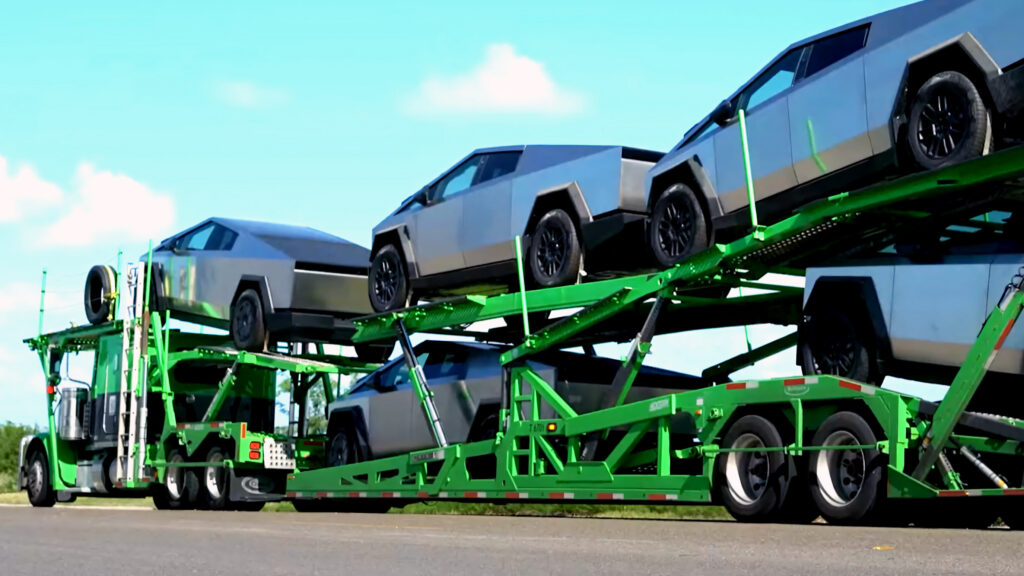Elon Musk Reportedly Caving To Apple’s CarPlay After Years Of Mocking It

- Tesla could add Apple CarPlay integration to its vehicles soon.
- Sources mention a basic CarPlay setup, not Apple’s CarPlay Ultra.
- About one-third of buyers call missing CarPlay a deal-breaker.
Not long after Tesla began renting out its cars from two California locations, the EV maker is reportedly exploring another shift in strategy, one aimed at sparking fresh demand: bringing Apple CarPlay to its vehicles.
If that turns out to be true, it would mark a surprisingly pragmatic turn for Elon Musk, who’s spent years brushing off the idea of letting Apple CarPlay or Android Auto anywhere near Tesla’s carefully walled software garden. Maybe the wall’s starting to crack.
Read: Tesla Can’t Sell Its EVs So It’s Renting Them Out From $60 A Day
While Tesla hasn’t commented on the report from Bloomberg, unnamed insiders say the automaker has started internal testing of the system and could be ready to roll it out in the coming months.
Bloomberg’s report suggests Tesla plans to offer the standard version of Apple CarPlay rather than the new CarPlay Ultra, which can take over the entire infotainment system and extend across multiple displays, including the digital gauge cluster.
Instead, Tesla appears to be preparing to include CarPlay as an optional feature within its own software, much like most mainstream carmakers do.

The addition would give Tesla drivers access to well-known Apple services such as iMessage, Apple Music, and Apple Maps. According to the report, Tesla aims to implement the wireless version of CarPlay, allowing users to connect without plugging in their phones.
The Importance of CarPlay
Elon Musk has spent years criticizing Apple and rejecting the notion of CarPlay integration. Rivian holds a similar stance, and GM recently decided to phase out both CarPlay and Android Auto from its upcoming models. Still, surveys consistently show that for many buyers, these features are far from trivial extras.
A study from McKinsey & Co. last year revealed that 30 percent of those in the market for an EV and 35 percent of prospective buyers of a new combustion car said that not having Apple CarPlay or Android Auto is a deal-breaker. This means that Tesla could be losing thousands of sales every month.















